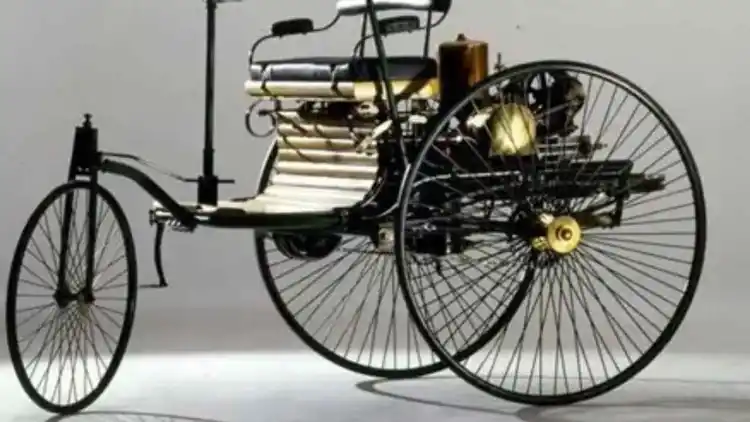- Birth of a Legend: The Launch of the Mustang in 1964
- Youth Appeal: How Did Mustang Capture a New Generation?
- A Global Evolution: From American Streets to Worldwide Fame
From the moment it was unveiled in 1964 until today, the Ford Mustang has maintained its status as an enduring icon in the world of sports cars. The Mustang carved out a legacy that blends bold design, striking performance, and a growing global presence. It has never been just a means of transportation, but a lifestyle statement that has accompanied car enthusiasts across generations, especially in the GCC region where it continues to captivate hearts with its ever renewed appeal.
Birth of a Legend: The Launch of the Mustang in 1964

The New York World's Fair on April 17, 1964, marked the pivotal moment when Ford unveiled the Mustang, instantly creating a global buzz. Priced at an accessible 2,368 dollars, the Mustang weighed 1,166 kilograms and came equipped with a 170 cubic inch six cylinder engine and a three speed automatic floor mounted transmission. Its long hood, short rear deck, and striking sporty lines made it stand out from the traditional cars dominating the market at the time.
Demand exceeded all expectations. Over 22,000 orders were placed on the first day alone, and sales reached an astonishing 417,000 units within the first year. By 1966, Ford had sold its one millionth Mustang. The car’s success even extended to younger generations, as Ford sold 93,000 pedal powered mini Mustangs for children during the 1964 holiday season, further cementing its status as a cultural icon embraced by all ages.
Youth Appeal: How Did Mustang Capture a New Generation?

As the 1960s unfolded, Ford closely tracked the sharp rise in the youth population aged between 15 and 29. This emerging generation was no longer interested in the traditional, bulky cars their parents drove. Instead, they wanted a sporty vehicle that matched their ambitions and free spirited lifestyle. The Mustang answered that call with a compact, lightweight body and an affordable price tag.
Ford originally named the prototype after the P-51 Mustang fighter plane from World War II, but the name evolved to reflect the image of a wild, untamed horse. That same spirit came to define the car’s identity. With an extensive range of customization options, the Mustang quickly became a canvas for self expression. Whether buyers wanted thrilling performance, upscale luxury, or a bold design, the Mustang offered it all, cementing its place as a favorite among young, individualistic drivers.
A Global Evolution: From American Streets to Worldwide Fame

Over the past six decades, the Mustang has undergone a remarkable transformation in both design and market reach. What started as a symbol of American muscle has grown into a global icon, now sold in over 140 markets around the world. In the GCC region in particular, the Mustang enjoys a strong following, thanks to its bold presence and powerful performance that resonate with local driving preferences.
Despite major shifts in the automotive industry, from electrification to autonomous driving technologies, the Mustang has remained true to its original spirit of freedom and raw performance. Since 2015 alone, it has sold over one million units globally, with total sales surpassing 10 million since its debut. This legendary nameplate continues to stand as a symbol of ambition and liberation, holding a special place in the hearts of enthusiasts everywhere.













